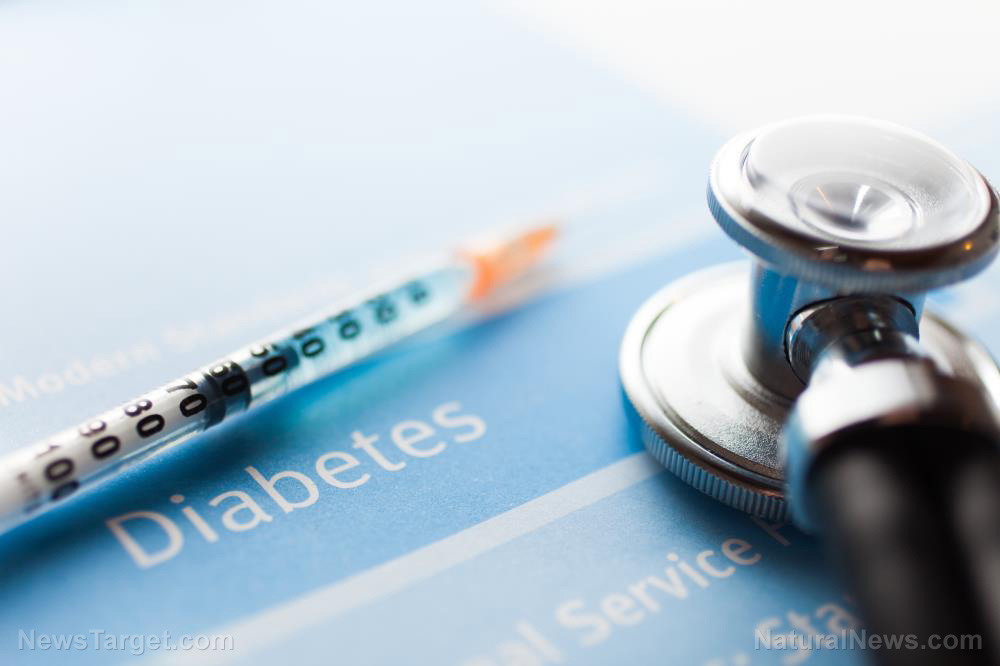
Glucose-regulated protein 94 (GRP94) is an endoplasmic reticulum chaperone that binds itself to insulin-like growth factors such as proinsulin. Inside the beta cells of the pancreas, the protein helps proinsulin fold and be converted into insulin.
When researchers at the University of Copenhagen (UCPH) inhibited GRP94, they found that it reduced glucose-dependent insulin secretion.
Their findings may be applied in the treatment of hyperinsulinemia, a medical condition in which the pancreas create more insulin than is necessary. Hyperinsulinemia can quickly develop into much more severe conditions, like prediabetes, Type 2 diabetes, and metabolic syndrome. (Related: Research shows that insulin resistance may be detrimental to brain health.)
Eliminating GRP94 protein may help prevent hyperinsulinemia
In a press release, UCPH researcher Dr. Michal Tomasz Marzec explained that proinsulin needs assistance to assume the form of a fully mature insulin. The GRP94 protein provides support by helping proinsulin fold into the right structure.
Typically, removing a vital part of a critical process leads to severe repercussions. In this case, eliminating GRP94 function resulted in large amounts of misfolded proinsulin.
But the inhibition of GRP94 did not affect the production of insulin by the pancreatic beta cells. If anything, it accelerated the exocytosis of enlarged insulin granules – products of post-ER misprocessing – that had diminished bioactivity.
"This is surprising because one would anticipate that the beta cells would die from stress when huge amounts of misfolded proinsulin accumulate inside the cells," noted Marzec. He likened the removal of GRP94 to removing the bearing beam of a structure – but instead of collapsing, the structure remained intact and functional.
"This indicates that the GRP94 protein plays a very specialized function and that beta cells are well-prepared to mount effective responses to deal with consequences of misfolding of proinsulin," Marzec explained. He and his team are now investigating the responses of pancreatic beta cells to the loss of GRP94 function and their biological and pathological effects.
The results of the UCPH study were published in the science journal Diabetes.
Natural ways of reducing insulin levels and insulin resistance
While the UCPH researchers and their counterparts around the world are taking a more in-depth look at the details of insulin production, many people continue to either produce too much insulin or develop insulin resistance. Fortunately, there are natural ways of regulating insulin levels that do not require disabling the GRP94 protein.
For instance, adopting a low-carbohydrate diet and having an active lifestyle are two natural ways proven to regulate the production of insulin and restore blood glucose to healthier levels.
Last year, the Low Carb Program ran by the U.K.'s National Health Service (NHS) reported that many of its participants experienced big drops in glycated hemoglobin (HbA1c) and enjoyed sustainable weight loss. Furthermore, many of them reported that their Type 2 diabetes went into remission.
Given these encouraging results, people with hyperinsulinemia or associated metabolic disorders don't need to wait for a drug that disables GRP94. They can bring down their insulin levels by making healthier food and lifestyle choices.
Sources include:
Please contact us for more information.























